British Columbia is in the midst of the most severe mountain pine beetle (MPB) outbreak on record. In 1999 the infestation was 160,000 hectares in size and by the summer of 2006 it had affected 9.2 million hectares of forest to varying degrees. The Ministry of Forests and Range (MFR) projects that by the end of 2007, more than half of the merchantable pine volume in the province will be killed and, if the infestation continues to expand as it has in the past, nearly 80 percent of the merchantable pine will be dead by 2013.
In response to the outbreak, the allowable annual cut (AAC) in the interior of B.C. has been increased by 36 percent from 50 to 68 million cubic metres. From July 2001 until January 2004, the rationale for the uplifts was to facilitate attempts to control the expansion of the infestation. Beginning in October 2004, MFR began to acknowledge that control of the outbreak was not possible in many areas and further uplifts were determined primarily to salvage dead pine before it loses economic value.
Harvesting on Crown land in British Columbia comes with reforestation obligations. Following logging, forest companies are required to re‐establish a “free‐growing” stand of healthy, commercially valuable trees. The growth of the stand must not be impeded by competition from plants, shrubs or other trees. Timeframes and standards for achieving free‐growing are provided in a pre‐harvest silviculture prescription, silviculture prescription or site plan.
In 2003, the Forest Practices Board reported on the achievement of free‐growing across British Columbia. That report summarized the status of cutblocks that were to be free‐growing by August 2002. Overall, the results of that study were very positive. Across the province, 85 percent of cutblocks were free‐growing within the required timeframes.
The Board received complaints from two of the public members of the committee. One had been the complainant from Nadina Beetle Treatments and the other had initiated an appeal of the MOFR’s Pesticide Use Permit (PUP) for MSMA. Both complaints said that policy development was taking too long and new information, brought forward by the Canadian Wildlife Service (CWS), was not being considered.
The Board has completed numerous complaint investigation reports on forestry impacts on quality, quantity and timing of water flow. Twenty-nine of 126 complaints investigated from 1996 to 2005 concerned such issues. However, the Board has never gone back to evaluate whether complaint participants were satisfied with the outcome of those investigations.
To judge satisfaction, 32 telephone interviews were conducted in 2006 with participants from 20 water‐related Board investigations. Seventeen interviews were with complainants, eight were with the government agencies and seven with licensees. Interview results provided a scorecard of the Board’s performance.
This bulletin is the seventh in a series of Forest Practices Board bulletins describing new aspects of forest legislation, practices and trends, and their implications for forest stewardship. These bulletins are intended to foster discussion and to improve understanding of forest practices.
